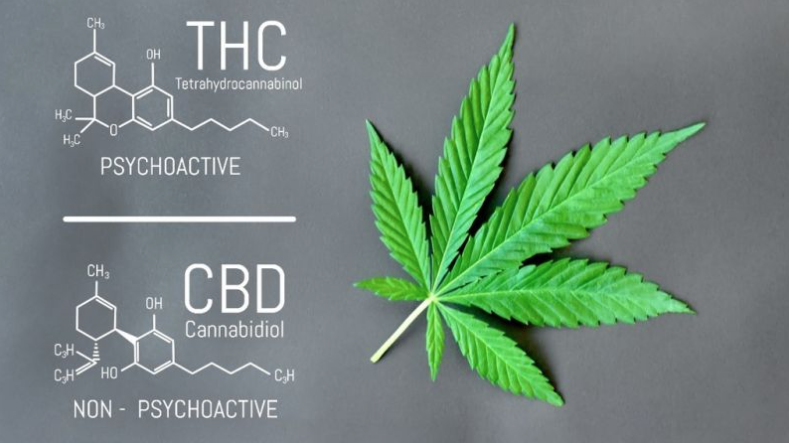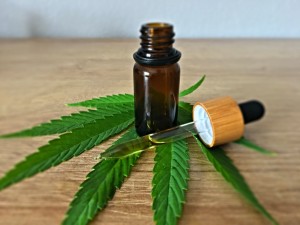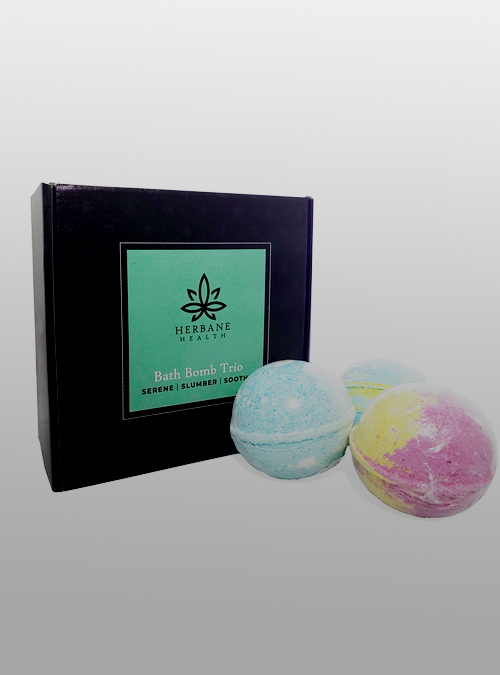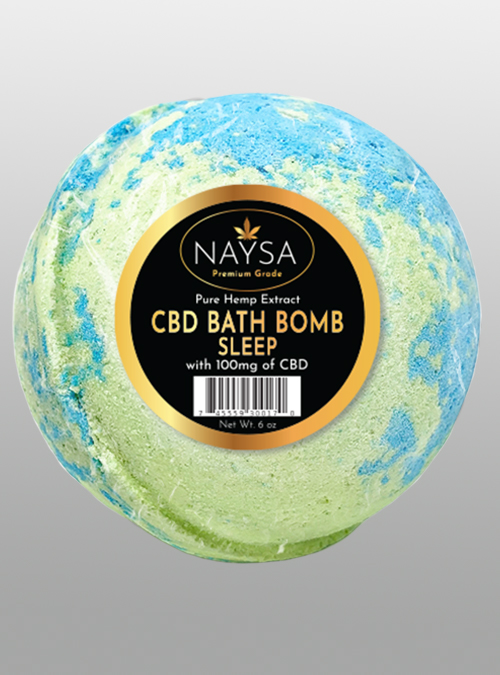Move over, rubber ducky. SERENE is your new favorite bath buddy. Our special blend of lemon,
peppermint, lavender and orange essential oils is infused with 100 mg CBD (Broad Spectrum
Hemp Extract) to relieve mental and physical tension. Occasional or regular use promotes
overall relaxation, helps relieve sore muscles, and enhances mood.
CBD bath bomb SERENE 100mg
$15.99
Description
CBD Bath Bomb SERENE 100mg – Herbane Health
A simple warm bath has been scientifically proven to:
- improve heart health
- help you breathe easier
- calm your brain & nervous system
- soothe muscles and joints
- improve gastrointestinal health
- help balance hormones
- moisturize your hair & skin
Adding CBD oil with those extra relaxation juices and you get those benefits as well..
CBD oil is believed to be helpful and aid in:
– Reducing anxiety
– Reducing depression
– Stabilising mood
– Promoting deep relaxation
… and many more!
Top it off with fresh, soothing and light floral scent of lavender & citrus and all the benefits of Essential oils:
- Lavender –> Relaxation and Serenity
- Peppermint –> Treating pains and migraines
- Italian Lemon -> Cleansing and refreshing properties for your skin
- Orange -> Uplifting your mood and energy levels
There’s a bath bomb that is perfect for every bathing experience… Find yours now!
Suggested Use:
Fill bathtub with the desired temperature and amount of water. Place bath bomb in the water and allow to fizz until dissolved. For best results, soak in tub for at least 30 minutes.
__

Additional information
| Weight | 0.375 lbs |
|---|---|
| Dimensions | 3 × 3 × 3 in |
Ingredients
Sodium bicarbonate, citric acid, epsom salt, corn starch, kaolin clay, sodium lauryl sulfoacetate, water, coconut oil, polysorbate 80, Lavender essential oil, Italian lemon essential oil, Orange essential oil, Peppermint essential oil, Broad Spectrum Hemp extract (100mg), Blue 1 Lake, Yellow 5 Lake, Yellow 6 Lake
Additional Info
SKU HH-103
Dimensions: 3×3×3 inches
Weight: 6 oz
Colors can vary from batch to batch.


 Because both marijuana and hemp come from Cannabis sativa, they share certain traits. However, marijuana and hemp are not the same things. The difference is in the amounts of CBD and THC.
Because both marijuana and hemp come from Cannabis sativa, they share certain traits. However, marijuana and hemp are not the same things. The difference is in the amounts of CBD and THC. Yes, CBD is legal. The 2018 Farm Bill legalized the production and sale of Hemp and its extracts. Companies can now legally grow, manufacture, possess and sell CBD hemp products.
Yes, CBD is legal. The 2018 Farm Bill legalized the production and sale of Hemp and its extracts. Companies can now legally grow, manufacture, possess and sell CBD hemp products. No, CBD does not cause the mind-altering “high” and has no intoxicating effects on the user. It is for this reason that CBD is considered non-psychoactive. Instead, you may feel relaxed, more alert, free of physical and mental discomfort, and notice positive changes in your overall well-being thanks to how CBD works in the endocannabinoid system.
No, CBD does not cause the mind-altering “high” and has no intoxicating effects on the user. It is for this reason that CBD is considered non-psychoactive. Instead, you may feel relaxed, more alert, free of physical and mental discomfort, and notice positive changes in your overall well-being thanks to how CBD works in the endocannabinoid system.
 Anxiety and depression are very common disorders nowadays and have devastating impacts on well-being. Depression is the single largest contributor to disability worldwide. Usually they are treated with pharmaceutical drugs, which can cause side effects like drowsiness, agitation, insomnia, sexual dysfunction and headache.
Anxiety and depression are very common disorders nowadays and have devastating impacts on well-being. Depression is the single largest contributor to disability worldwide. Usually they are treated with pharmaceutical drugs, which can cause side effects like drowsiness, agitation, insomnia, sexual dysfunction and headache.



